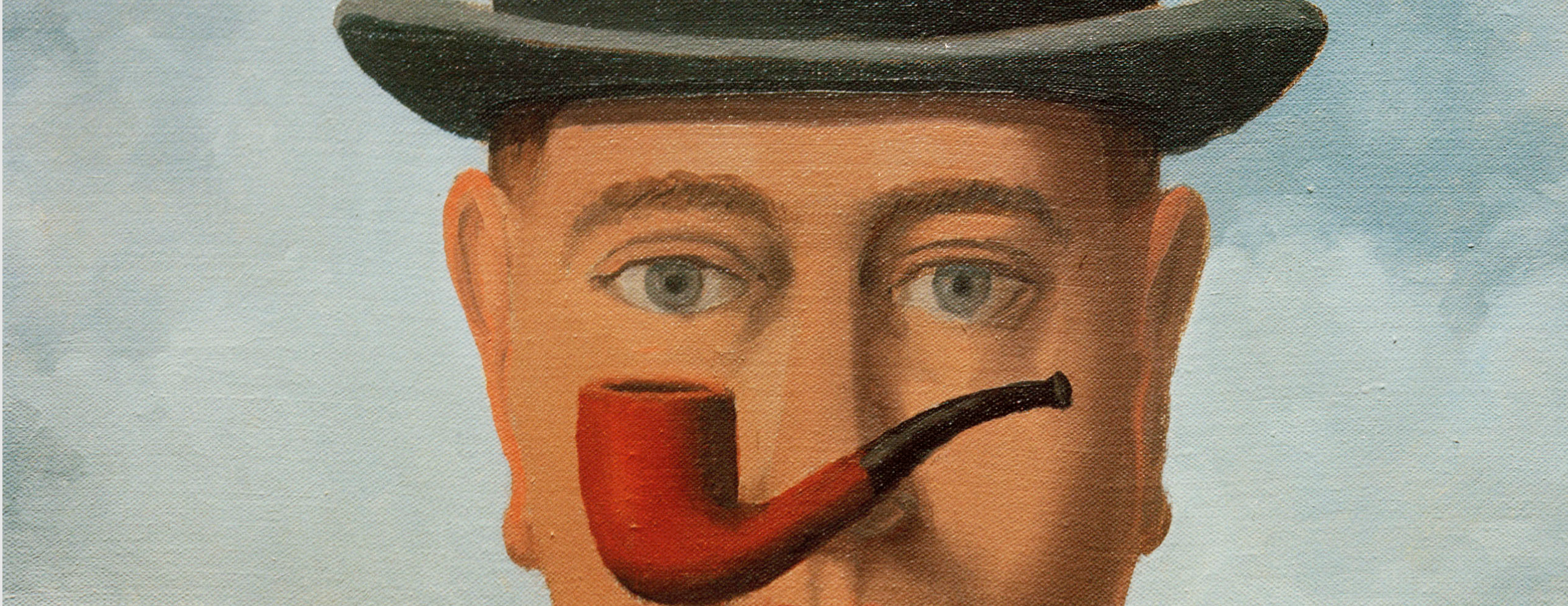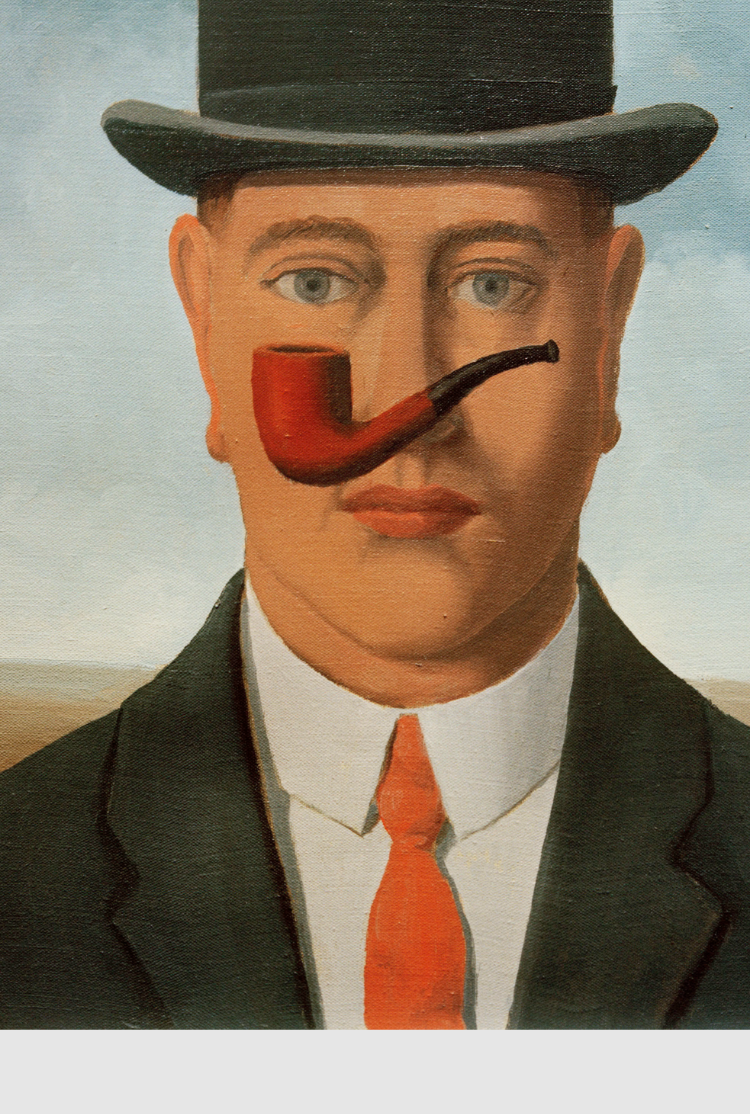To finish this overview of the 19th century, let’s take a look at an exceptional sculptor: Auguste Rodin.
It is true that he was not called on to decorate Parisian squares, but he received public commissions throughout his career!
Like Manet, he is often criticized for his art, which was considered too realistic and stark. And sometimes he left his figures partly in the block of marble – how disturbing!

As well as his incredible talent for sculpting, Rodin had another strong quality: he chose his colleagues well. Many great sculptors worked for him, but one stands out from the rest: Camille Claudel.
Rodin noticed her genius and began a fruitful collaboration. During her personal career, she developed a style matching her era’s taste, with curved lines similar to natural shapes. This is Art Nouveau.

Rodin, the great sculptor, known for his Realist style, surrounded himself with talented colleagues like Camille Claudel.







